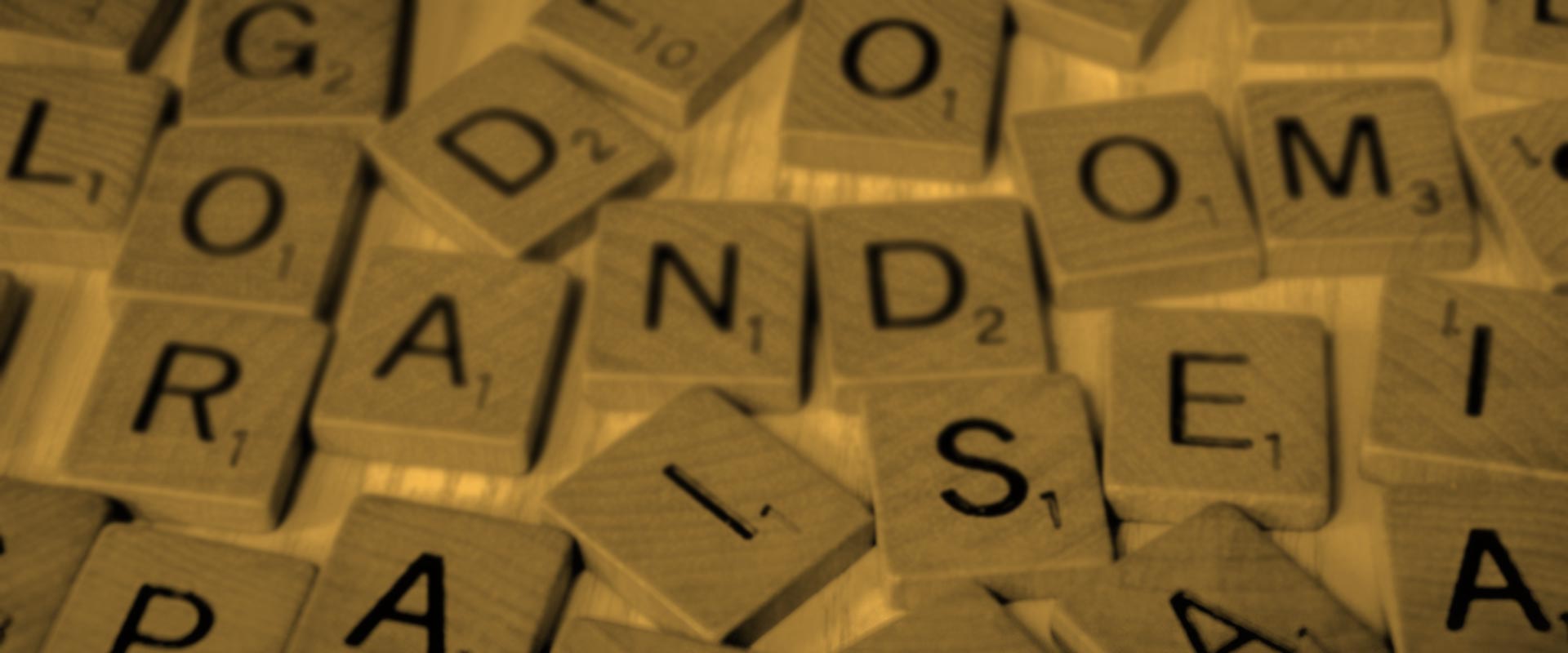Flowchart

Flowchart
Definition
The purpose of the flowchart is to document the individual steps of a project that have been thought out in advance. Within project management, main tasks are defined, which in turn are broken down into individual work steps. The schedule does not have a fixed form. Nevertheless, some forms of presentation have proven helpful in practice and have become established over time. These include, in particular, the Gantt chart (sometimes simplified as a bar chart) and the network diagram.
Creating a flowchart
When creating a flowchart, the focus is on the steps that need to be taken to complete the project successfully. Instead of a simple list, a flow chart usually links sub-projects, work packages and milestones factually, temporally and logically. Therefore, the interrelationships and dependencies of individual work packages and/or sub-projects are also documented in the schedule.
A flow chart can also be used in other areas, e.g. in sales and for decision-making.
Targets of the flowchart
It is often the case that certain work packages are related to each other in a certain factual-logical way. For example, walls cannot be plastered before they are bricked. The roof cannot be finished until the tiles have been ordered and delivered. Such logical and temporal dependencies between individual work steps can be recorded in a schedule.
Furthermore, decisions often have to be made within projects. Perhaps the owner of the house decides at short notice to build an additional wall on the first floor or to lay water connections. Such decision-making situations can also be depicted with a schedule.
Decisions in turn lead to the flowchart being split into different subtrees that can run in different ways. As a result, flow charts can quickly become quite complex. This makes it all the more important to have an adequate project management solution that breaks down the complexity for the user.

